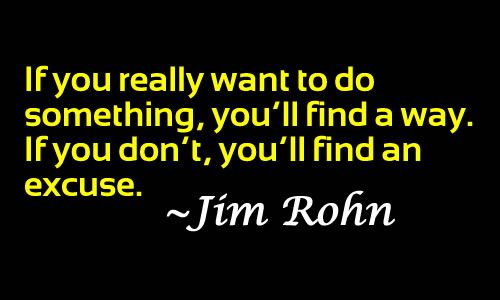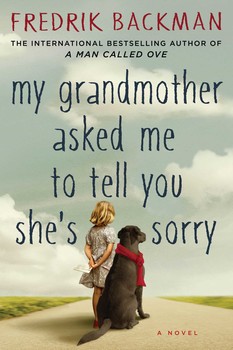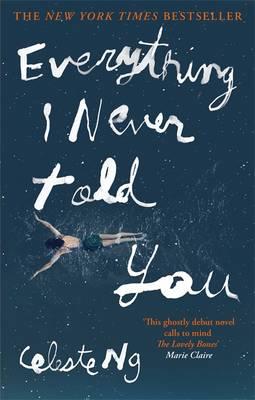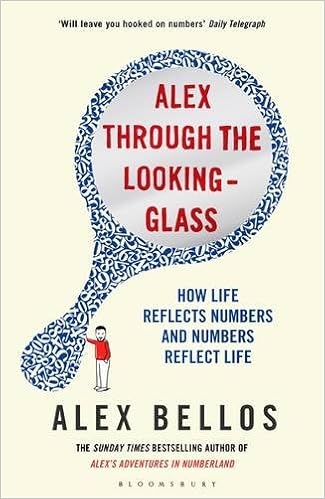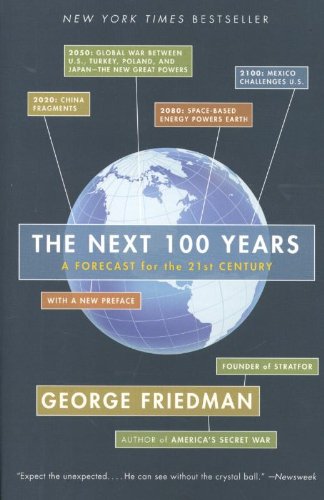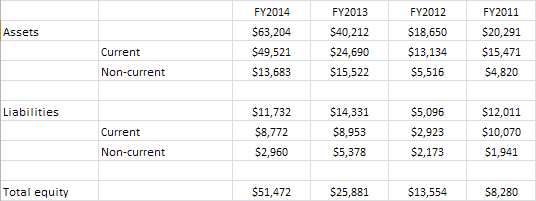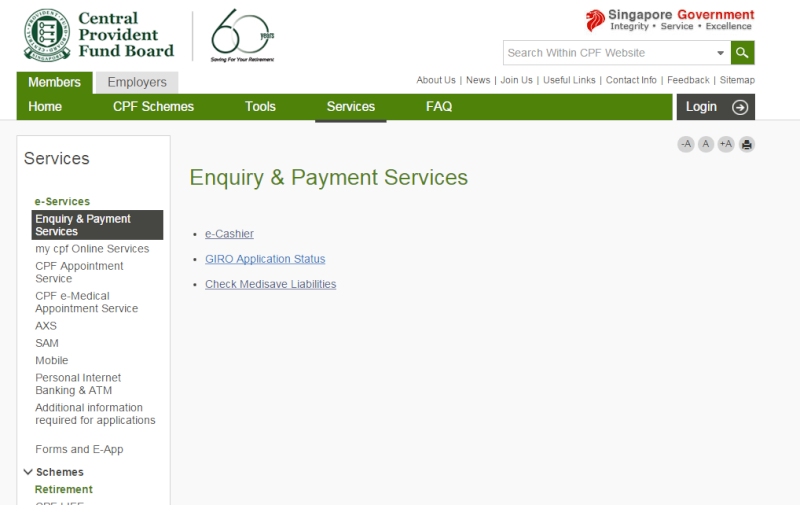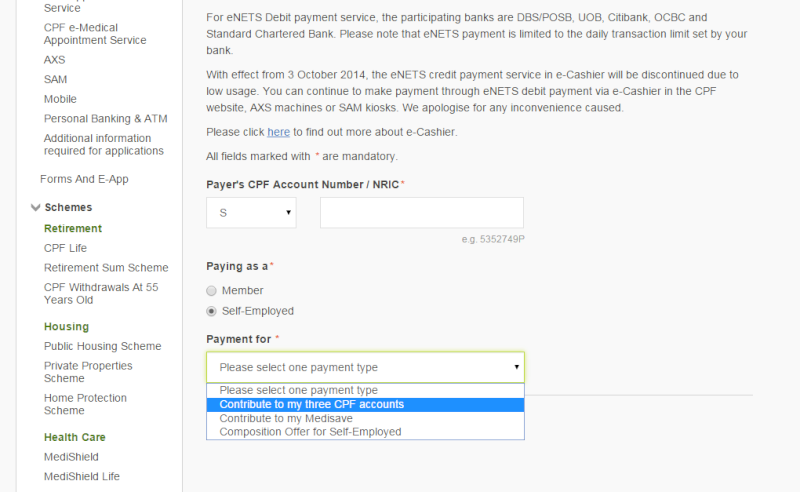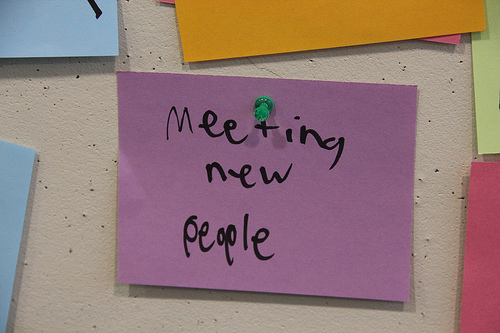The chains of habit is too light to be felt, until it's too heavy to be broken.
Habits can be both good and bad. Here, let's focus on the good ones. If you want to start a new habit, research says you need at least xx days to form it. 'xx' can be anything from 21 days, or 49 days (7 weeks), to 66 days. I think it doesn't matter how many days, but the point is that you must do it consecutively, or regularly enough, until you can't pass the week (or the day) without doing it. Then you know the chains of habit is too heavy to be broken.
Recently I read an article about meditating for 100 days consecutively, and I wanted to try it myself too. I downloaded an app called Rewire (android). I think there are various such apps out there, so I just picked something that is free and easy on the eyes.
The app works like this: Each day I'm supposed to meditate. It doesn't matter how long I do it as long as I did it. Initially for the first few weeks, I don't dwell on anything other than the fact that I need to do it every day. To make it more regular, I always do it before I go to sleep. From my pushup habits (which I do immediately after I shower), I know that it's important to latch on a new habit to existing habit. You can't avoid not showering, or not sleeping, so these are sure bets. After each time, I'll click on the calendar you see above, and click done. If I do it consecutively, there'll be chains joining one day to the next and the app will tell you the longest chain you've formed.
I think it's cool to gamify the formation of habits this way. So far, I've done 49 out of 49 days consecutively already, without skipping any days. I'm not perfect too, there are some habits that I didn't do as well. Below is my habit for doing some form of exercise everyday for 100 days. For this particular habit, I left Sunday (in blue) as a break. Red means that I failed and didn't do it. It's either because I am too unmotivated to do so, or I'm not feeling too well. Usually both lol!
Back to meditation. From my experience, after about 7 to 8 weeks (2 months), I realised that there are days in which I'll forget to click on the app, but I would still remember to meditate. That's when I know that the habit had formed a strong and heavy chain.
Here's a few key takeaways from my experience in forming new habits:
1. When starting, focus on doing the action. Don't care about the quality or the quantity. If you do it, it's a deed done to strengthen the chain of the habits.
2. You'll need 2 months consecutively for the new habit to sink in, until you can't pass the day without forgetting about it. Even when I skipped certain days, I know I have to do it. It at least didn't slipped my mind.
3. I've not tried it before in kicking a bad habit, but I suspect the mechanism is the same. You just need to override the bad habits with new ones, and do it for 2 months consecutively. Perhaps you'll need more time since psychologically it'll be harder to break, I suspect.
4. Small, regular action reinforce big, macro habits. Don't belittle the little things you do everyday in forming long term habits. It works both ways for good and bad habits too. If you spend $1.80 every day eating a curry puff, it might slowly form a bad habit that will be very hard to break after some time. Don't belittle the small, regular things you do everyday.
Habits can be both good and bad. Here, let's focus on the good ones. If you want to start a new habit, research says you need at least xx days to form it. 'xx' can be anything from 21 days, or 49 days (7 weeks), to 66 days. I think it doesn't matter how many days, but the point is that you must do it consecutively, or regularly enough, until you can't pass the week (or the day) without doing it. Then you know the chains of habit is too heavy to be broken.
Recently I read an article about meditating for 100 days consecutively, and I wanted to try it myself too. I downloaded an app called Rewire (android). I think there are various such apps out there, so I just picked something that is free and easy on the eyes.
The app works like this: Each day I'm supposed to meditate. It doesn't matter how long I do it as long as I did it. Initially for the first few weeks, I don't dwell on anything other than the fact that I need to do it every day. To make it more regular, I always do it before I go to sleep. From my pushup habits (which I do immediately after I shower), I know that it's important to latch on a new habit to existing habit. You can't avoid not showering, or not sleeping, so these are sure bets. After each time, I'll click on the calendar you see above, and click done. If I do it consecutively, there'll be chains joining one day to the next and the app will tell you the longest chain you've formed.
I think it's cool to gamify the formation of habits this way. So far, I've done 49 out of 49 days consecutively already, without skipping any days. I'm not perfect too, there are some habits that I didn't do as well. Below is my habit for doing some form of exercise everyday for 100 days. For this particular habit, I left Sunday (in blue) as a break. Red means that I failed and didn't do it. It's either because I am too unmotivated to do so, or I'm not feeling too well. Usually both lol!
Back to meditation. From my experience, after about 7 to 8 weeks (2 months), I realised that there are days in which I'll forget to click on the app, but I would still remember to meditate. That's when I know that the habit had formed a strong and heavy chain.
Here's a few key takeaways from my experience in forming new habits:
1. When starting, focus on doing the action. Don't care about the quality or the quantity. If you do it, it's a deed done to strengthen the chain of the habits.
2. You'll need 2 months consecutively for the new habit to sink in, until you can't pass the day without forgetting about it. Even when I skipped certain days, I know I have to do it. It at least didn't slipped my mind.
3. I've not tried it before in kicking a bad habit, but I suspect the mechanism is the same. You just need to override the bad habits with new ones, and do it for 2 months consecutively. Perhaps you'll need more time since psychologically it'll be harder to break, I suspect.
4. Small, regular action reinforce big, macro habits. Don't belittle the little things you do everyday in forming long term habits. It works both ways for good and bad habits too. If you spend $1.80 every day eating a curry puff, it might slowly form a bad habit that will be very hard to break after some time. Don't belittle the small, regular things you do everyday.







